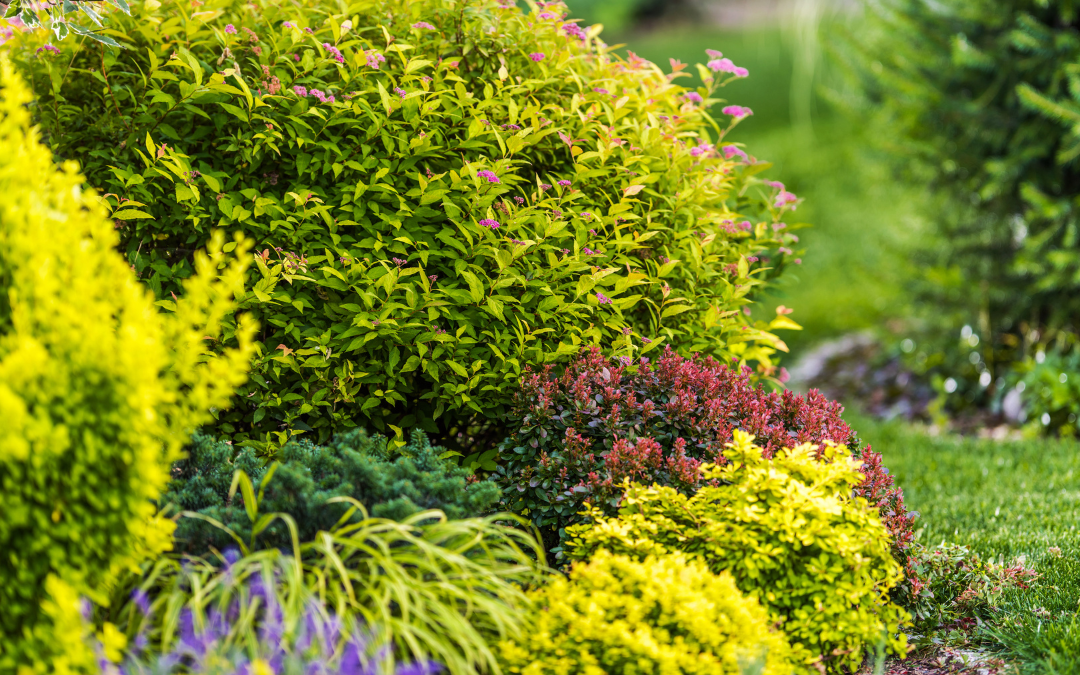If you’re eager to start gardening and add some greenery to your outdoor space, planting shrubs can be a rewarding and relatively straightforward way to do so. Shrubs come in various shapes, sizes, and colors, making them a versatile addition to any landscape. In this beginner’s guide, we will walk you through the essential steps to successfully plant shrubs and create a beautiful garden that will thrive for years to come.
Choosing the Right Shrubs
Before you start digging, it’s crucial to select the right shrubs for your particular garden’s needs. There are wide varieties of boxwood shrubs and numerous other options available, so take some time to consider your preferences and your garden’s specific conditions. Factors to consider include:
Climate and Hardiness: Different shrubs thrive in various climates. Check your hardiness zone to ensure you choose shrubs that can withstand your local weather conditions.
Sunlight Requirements: Some shrubs require full sun, while others prefer partial shade. Assess the amount of sunlight your garden receives throughout the day to make the right choice.
Soil Type: Analyze your soil to determine its pH level, drainage, and composition. This will help you pick shrubs that are well-suited to your soil type.
Mature Size: Consider the ultimate size of the shrubs you choose. Make sure they will fit comfortably in your garden without overcrowding other plants or structures.
Water Needs: Be aware of the water requirements of your chosen shrubs. Some are drought-tolerant, while others need more consistent moisture.
Site Preparation
Once you’ve selected the perfect shrubs for your garden, it’s time to prepare the planting site. Follow these steps:
Clear the Area: Remove any existing plants, weeds, rocks, or debris from the planting area. You want a clean slate for your new shrubs.
Amend the Soil: If your soil needs improvement, consider adding organic matter like compost or well-rotted manure. This will help improve soil fertility and drainage.
Measure and Space: Measure the distance between the shrubs to ensure they are planted at the recommended spacing. This helps prevent overcrowding as they grow.
Planting Your Shrubs
Now that you’ve prepared the site, it’s time to get your hands dirty and plant your shrubs. Here’s a step-by-step guide:
Dig a Hole: Dig a hole that is twice as wide as the shrub’s root ball and just as deep. Make sure the hole is deep enough to accommodate the entire root system without bending or crowding the roots.
Remove the Shrubs from the Container: Gently remove the shrub from its container, being careful not to disturb the roots excessively.
Place the Shrub in the Hole: Position the shrub in the center of the hole, ensuring it sits at the same depth as it did in the container. Check that the top of the root ball is level with the soil surface.
Backfill with Soil: Fill the hole with soil, packing it firmly around the root ball to eliminate air pockets. Water the shrub thoroughly to help settle the soil.
Mulch and Water: Apply a layer of mulch around the base of the shrub to conserve moisture and discourage weeds. Water your newly planted shrubs regularly, especially during the first growing season.
Caring for Your Shrubs
Now that your shrubs are in the ground, it’s essential to provide them with the care they need to thrive:
Watering: Shrubs typically need about an inch of water per week, either from rainfall or irrigation. Adjust your watering schedule based on weather conditions and the specific requirements of your shrubs.
Fertilizing: Feed your shrubs with a balanced, slow-release fertilizer in the spring or early summer. Follow the manufacturer’s recommendations for application rates.
Pruning: Pruning helps maintain the shape and size of your shrubs. Regularly remove dead or damaged branches, and consult gardening resources or experts for guidance on pruning specific shrub varieties.
Pest and Disease Control: Keep an eye out for signs of pests or diseases. Early detection and treatment can prevent these issues from spreading and harming your shrubs.
Winter Protection: In regions with harsh winters, consider applying a layer of mulch or burlap to protect your shrubs from freezing temperatures and snow accumulation.
Common Mistakes to Avoid
As a beginner, it’s important to be aware of common mistakes that can hinder the growth of your shrubs. Avoid the following:
Overwatering: While it’s crucial to provide enough moisture, overwatering can lead to root rot and other problems. Ensure proper drainage and water sparingly when needed.
Planting Too Deep: Planting shrubs too deep in the ground can suffocate their roots. Always plant at the same depth as they were in their containers.
Ignoring Soil Quality: Neglecting soil preparation can lead to poor growth and development. Invest time in improving your soil’s quality before planting.
Neglecting Pruning: Regular pruning is essential for the health and aesthetics of your shrubs. Don’t skip this important step in maintenance.
Conclusion
Planting shrubs is a fantastic way to start gardening and enhance the beauty of your outdoor space. With the right shrub selection, site preparation, and care, your garden can thrive for years to come. Remember to choose shrubs that suit your climate and garden conditions, provide adequate care, and avoid common mistakes to enjoy a lush and vibrant landscape. Happy gardening!









